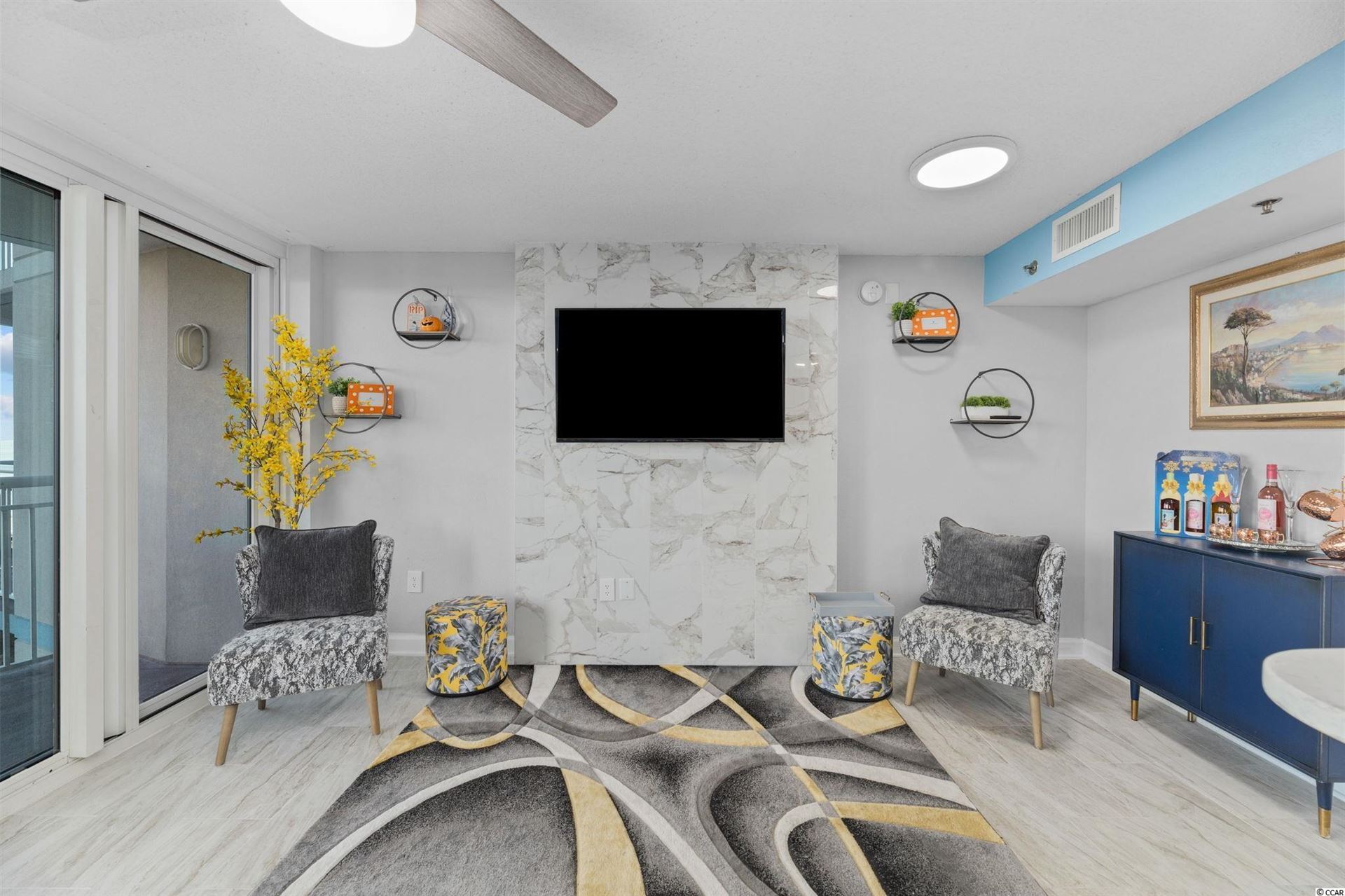
When it comes to your home’s appearance in the real estate market, first impressions matter! According to the 2021 Profile of Home Staging by the National Association of REALTORS (NAR), 82% of buyers agents found that buyers who viewed a staged home were able to visualize themselves living there in the future. A home that is clean and decluttered gives the appearance of a bigger and fresher feeling space. We spoke with Erin Parker, interior designer, and owner of Top Knotch Staging, who shared her top tips for making your home look its very best. Below are the steps you should take to prep your home to go on the market!
The living room is often the focal point of the home since it allows space for homeowners to relax and entertain guests. According to the NAR, 46% of buyer agents found staging the living room to be very important for home buyers. Staging this area starts with using furniture to make the most of your space. To maximize the amount of space in the living room, make sure the furniture is proportional to the room. Furniture that is too large for the space will make the room look smaller. If necessary, use smaller-sized furniture to provide seating for 4-6 people. Erin says, “I typically suggest incorporating one larger piece for seating (sofa or sectional) along with one or two side chairs, a coffee table, and decor. Use color in the pillows, throws, decor, and art allowing the space to pop.” Natural light can also make an impact on the size of a room. Swap darker colored and patterned curtains for light, neutral colors and open those blinds to let the light in!


The dining room is a more formal area that homeowners use for eating, entertaining, and special occasions. Though this space may be less used, that does not mean that it should be ignored when staging a home. Erin recommends showcasing seating for 6-8 people, depending on the size of the space. She explains, “Remember, bigger is not always better. Use a rug to anchor the space, add color if needed, and use a floral or decorative centerpiece to draw attention to the space.”
The master bedroom is one of the most important rooms in the home to stage, as 43% of buyers agents found it very important for home buyers. Buyers care about this room since it will be their primary sleeping quarters; therefore, they want to visualize themselves inhabiting that space in the future. To stage the master bedroom, start by adding larger lamps to the nightstands to frame the bed. Another tip is to use simple, clean bedding. White bedding accompanied by colorful pillows or throws keeps the space feeling bright, open, and fresh. Also be sure to remove personal items, such as framed family photos. Organize the closet so all clothes are on the same kind of hanger, and the space is not overly crowded. Finally, Erin notes that it is not as necessary to have the other bedrooms staged since buyers focus on the master; just so long as they are clean and tidy!


The master bedroom is one of the most important rooms in the home to stage, as 43% of buyers agents found it very important for home buyers. Buyers care about this room since it will be their primary sleeping quarters; therefore, they want to visualize themselves inhabiting that space in the future. To stage the master bedroom, start by adding larger lamps to the nightstands to frame the bed. Another tip is to use simple, clean bedding. White bedding accompanied by colorful pillows or throws keeps the space feeling bright, open, and fresh. Also be sure to remove personal items, such as framed family photos. Organize the closet so all clothes are on the same kind of hanger, and the space is not overly crowded. Finally, Erin notes that it is not as necessary to have the other bedrooms staged since buyers focus on the master; just so long as they are clean and tidy!
While the kitchen is a crucial part of a home for buyers to view, Erin prefers to only lightly stage it. These small tips can significantly improve the look of the space, without taking away from the features that are already present. She recommends not to cover up appliances or too much of the counter space. These hard finishes need to be visible to the buyer and you don’t want to make it seem like you’re hiding something. She states, “If I want to draw attention to some special appliances, or special cabinetry, I simply frame that space with some light decor. I keep it as simple as layering a tray, a candle, rolled up dish towels, and faux greenery.” Erin also recommends adding a decorative hand soap by the faucet to highlight specialty plumbing.
